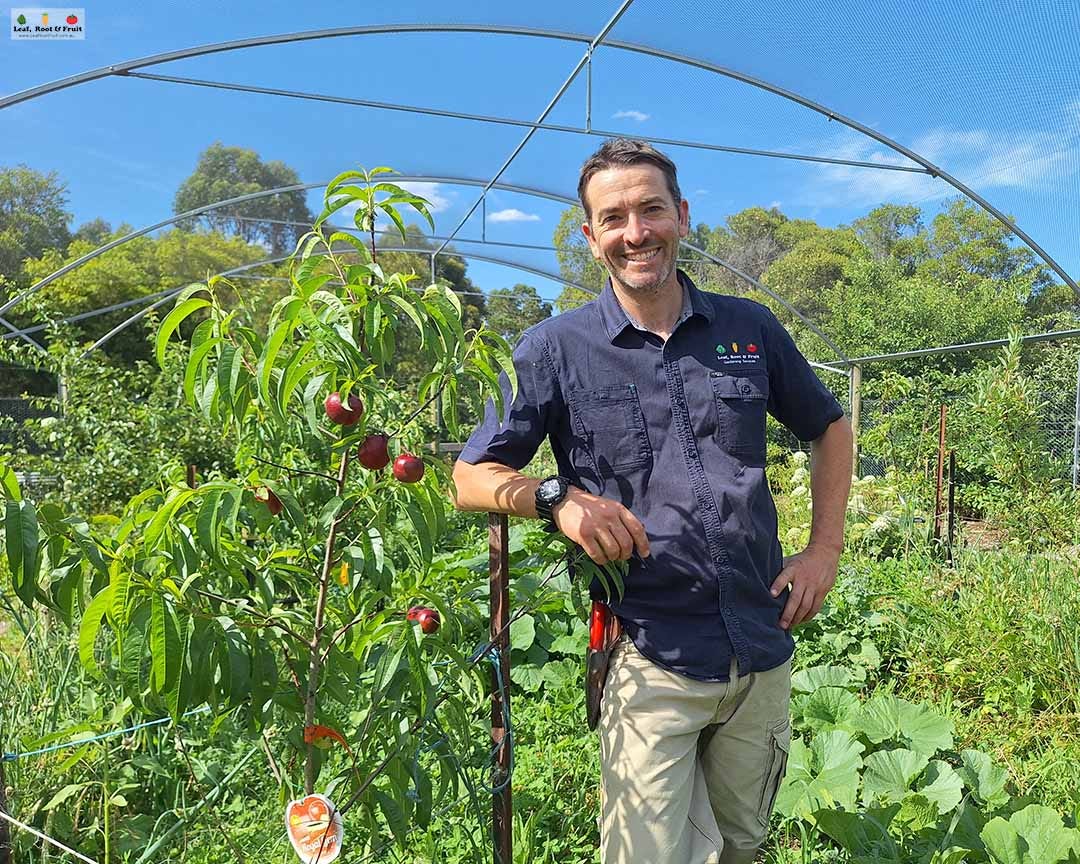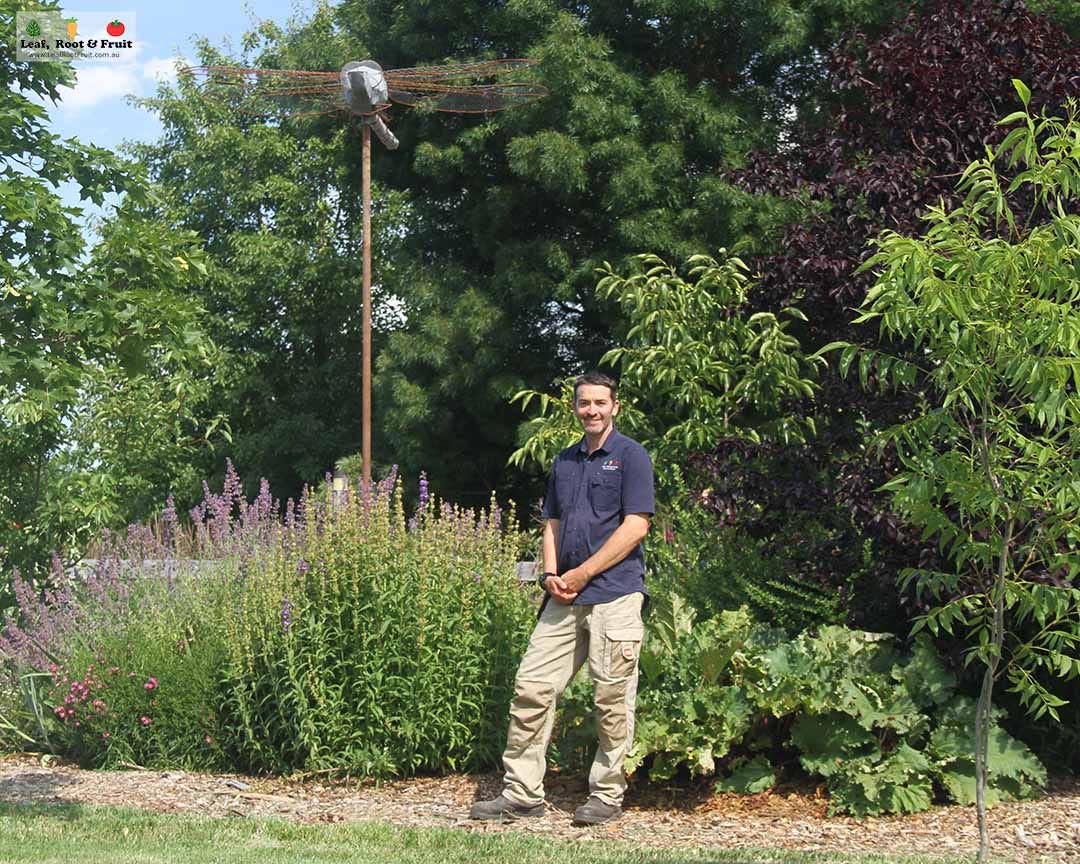Methods, myths, movements and mantras in gardening
Why you don’t need to read advice from gardening writers
Over the decades I’ve been gardening, I’ve learnt that there are so many ways to garden. Square foot gardening, double digging, no dig, lasagne gardening, straw bale gardening, organic gardening, permaculture gardening – the list goes on and on.
Then there are the sprays, seaweed tonic, rock dust, biochar and fertiliser. You can plant by the lunar cycles, whack some copper spirals in the soil (electroculture), or bury cow horns full of manure (biodynamics). Tomato plants can be staked or not, laterals pruned or left to their own devices to sprawl across the ground. After that it’s time to debate seeds vs seedlings, heirlooms vs hybrids, and humans vs nature.
There are advocates for every one of these methods and many more. Each advocate believes that their way is the best way to grow food.
Plants just want to grow
Guess what?
They all work.
Double dig or no dig? It doesn’t matter.
Chicken manure or a bag of fertiliser? It doesn’t matter.
Wicking beds or in the ground? It doesn’t matter.
Spray your crops, or do nothing? It doesn’t matter.
Regardless of the garden path you choose, if you plant a crop and keep the water up, you’ll likely grow some food. However, the disclaimer is always the same: Results may vary based on individual circumstances and conditions.
Why so many choices then?
I share the stage with a lot of gardening experts. Most of us horticulture folks tend to have strong opinions. I’m not sure what it is but ego probably plays a large role, at least among the men. We all want to be the next Costa or Peter Cundall. Many of the gardening experts pick a stance and then defend it at all costs. My way is the best way.
Often, the advice that experts dispense is determined by what they are selling.
Someone selling sprays will tell you that you need to keep your aphids in check with this or that wonder spray. They’ll neglect to tell you that planting flowers instead will help develop a resilient ecosystem that includes only low numbers of aphids.
Someone selling seedlings will tell you that starting your crops from seedlings is the best way to go because it means less time until harvest. They won’t tell you that growing from seed is cheaper and potentially more rewarding.
Someone selling wicking beds will tell you about the water you’ll save and the improvements you’ll see in the performance of your patch. They’ll ignore the environmental cost of all that plastic, or that some vegetables don’t suit growing in wicking beds.
A solution to your problem
Capitalism is based on the premise that we have problems that need fixing. These days, a marketer’s job is to invent problems. The corpulent horticulture industry sells ‘lowest price guaranteed’ solutions to a ridiculous number of mythical gardening problems.
Pests can be controlled with Eco-oil, white oil, Dipel. You can trap them with all manner of plastic rubbish or exclude them with netting, motion-sensing ultrasonic deterrent, plastic owls or spiky things.
Nutrient deficiencies can be corrected with trace elements or special fertilisers (please ignore those social media posts encouraging you to save money by adding Epsom salts to the garden). There are organic foliar sprays and all manner of tonics, probiotics and amendments.
Tomatoes can be trellised with flimsy cages that are half the size and strength they need to be. Carrot seedlings are available to purchase (which should be illegal) because it’s a bit challenging to start them from seed.
And yes, I’m part of the horticulture industry that I mock. I sell advice. I’m a hypocrite.
I hate it
You don’t need piles of money, endless time and a truck load of gimmicks to grow food. But the horticultural industry has trained us to believe such things.
Growing food can be as simple as digging over a small patch of lawn and sprinkling some seeds. Water them well, keep the weeds at bay and you’ll be able to harvest something. Heck, you could even dial that back further. Just throw some parsley or lettuce seeds around your yard in spring and they’ll germinate with the spring rain. At the end of their time, let the plants go to seed and they’ll self-sow year after year. You don’t even need to put any effort in. This is do-nothing gardening at its utter best.
Is local knowledge more important?
I often see folks trying to glean information from social media. They want to know if they are in a warm or cool temperate climate, as if having a label for the very specific weather conditions they experience in their own garden will make it all so much easier. Perhaps they believe that a label will enable them to take some flashy online garden guide full of specific rules and translate it to their own garden. These rules promise to magically improve vegetable growing success. News flash: ignoring the rules will probably also lead to success.
Perhaps they’ve read that they need to sow pumpkins after their last frost date. So they’ll be asking on a local Facebook group when the last date for frost will be in the Macedon Ranges. This date varies from year to year. Early November some years, early December others. But it also varies by region. Kyneton is colder than, say, Lancefield, so its last frost date may be much later. This sort of information is important, but thanks to microclimates the information you seek must be hyper-specific. You want the last frost date for your garden, and that can only be worked out by you. It’ll take years of observations, and even then the date will vary with a changing climate.
Even with decades of experience I won’t always get it right. A late frost might wipe out my early tomatoes. But through my experience, I’m getting much better at optimising the timing of planting. I’ve worked out the microclimates in the garden and how to enhance them. The late frosts no longer bother me because the tomato plants are tucked up safely under insect netting. That’s the fun of gardening. There are patterns you can observe, but there are always curveballs. You might learn what to expect, but you’ll never know what you’ll actually get.
My writing may help you to achieve gardening success, but usually I’ll put that responsibility back onto you. I’m not going to give you strict rules or an easy-to-follow planting regime. That’s too prescriptive. What works for one gardener may not be the best way for another. You need to work it out for yourself. I see my role as giving you confidence (and maybe a little know-how) to do this.
What counts is experience
Just get into the garden and have a go. Setbacks are failures only if you see them that way. I see setbacks as learning opportunities. They are chances for me to find a better way to do things next time. Social media posts about my “failed” crops, pests and other garden problems are the ones most likely to go viral. My readers and social media followers must feel the same way I do: we all learn more from failure than we do from success.
The only way you can rack up the experience to reliably grow food is to get growing and fail. Make as many small mistakes as you can and appreciate them – it’s the best way to learn. Why not make it your resolution to try growing something new or in a different way and create more opportunities for you to learn?
Here’s to an exciting year ahead of growing food and sharing our food growing journey together.
Thanks for reading
Duncan







This was a great read Duncan! I work in a plant nursery so I often feel torn about the advice people want and what I am "supposed" to "sell". I have an interesting example from the other day where I lost a sale for some Eco-Neem because honestly a few holes in your sage leaves is nothing to worry about - but spraying neem on them and using them in cooking IS something to worry about. I am lucky that I can steer the sale to something else more useful/less harmful if I have to - so am doing right by work but better by the customer - instead of a tub of fertiliser, what about a bag of manure (if you think you need something) - no beans seedlings, but we have different seeds. What I have found is people just want "something". I am one of the annoying staff in that I like to try and educate people - I often show them your website too - as I find you have good practical and relatively local info to refer to. And carrot seedlings.....don't get me started!
Hi Duncan,
Dear man, you have just totally confirmed all my gardening prejudices! Ha ha ha!
But, I did manage to 'kill' a couple of blueberries before I tried growing them in wicking beds, where they have done spectacularly well (in a 'soil' made mainly of oak leafmould, for the record.)
But maybe what killed the first ones was just LACK OF WATER, not lack of wicking bed. Who knows?
One purchase I don't regret is a bunch of Trichogramma microwasps for the orchard. That was about 5 years ago, and we've had no codlin moth ever since. We have a lot of apples. We never spray anything in the orchard.
In the veg patch, I now do mainly no-dig, and mulch - at 78 I'm getting a bit too lazy to dig, I suppose. (I never 'turn' the compost heap, either! Shock, horror!) And everything is going just fine. I no longer care about spots on the apricots, the odd weed, or holes in the silver beet. I do get a bit peeved when blackbirds strip the berries, so I tolerate nets on those, though they are a dratted nuisance...
But, I'll know I'm getting too old when I can't be bothered playing in the dirt any more!
Keep playing, and Best Regards,
Rose